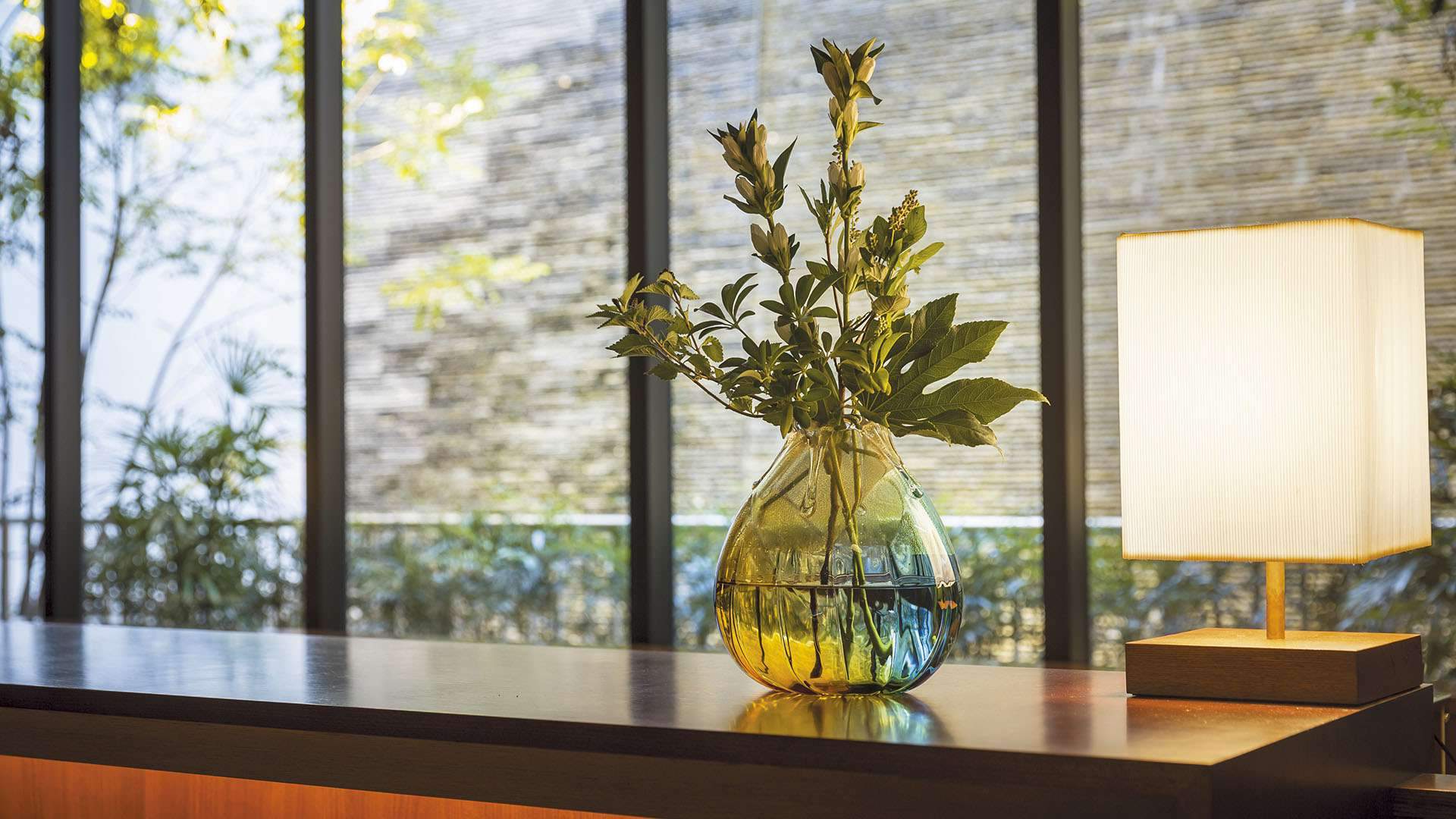free
Description

This is a pair of Tsugaru Viidoro chopstick rests and Wakasa-nuri chopsticks.
The chopsticks come with a cute chopstick rest and are packaged in a wooden box, making them perfect for gift-giving.
Why not give a gift of traditional Japanese craftsmanship to show your appreciation?
Information
| Manufacturer | HOKUYO GLASS |
|---|---|
| Country of origin | Aomori Prefecture, Japan |
| Technique | Tsugaru Vidro |
| Material | Glass, tree |
| Size | Chopstick 9.05", Rest φ1.65" |
| Weight | 0 lbs(g) |
| Capacity | 0 oz(ml) |
| Electronic Equipment | Microwave oven : X Dishwashing machine : ○ Direct fire : X IH : X Oven : X, |
| Note | |
| Delivery Time | 1-2 weeks (if out of stock + 1-2 weeks) |
Brand history and characteristics
How Japanese Products Can Be Such High Quality
Payment & Security
Your payment information is processed securely. We do not store credit card details nor have access to your credit card information.
![[CHOPSTICKS] CHOPSTICK REST SET CHERRY BLOSSOM DROPLETS | TSUGARU VIDRO| ADERIA](http://en.thebecos.com/cdn/shop/products/S0033-088-1_{width}x.jpg?v=1617919530)
![[CHOPSTICKS] CHOPSTICK REST SET CHERRY BLOSSOM DROPLETS | TSUGARU VIDRO| ADERIA](http://en.thebecos.com/cdn/shop/products/S0033-088-2_{width}x.jpg?v=1617919533)
![[CHOPSTICKS] CHOPSTICK REST SET CHERRY BLOSSOM DROPLETS | TSUGARU VIDRO| ADERIA](http://en.thebecos.com/cdn/shop/products/S0033-085_S0033-088_12325a62-c6c6-4e10-a569-753c2554d33a_{width}x.jpg?v=1617919537)
![[CHOPSTICKS] CHOPSTICK REST SET CHERRY BLOSSOM DROPLETS | TSUGARU VIDRO| ADERIA](http://en.thebecos.com/cdn/shop/products/S0033-088-1_130x.jpg?v=1617919530)
![[CHOPSTICKS] CHOPSTICK REST SET CHERRY BLOSSOM DROPLETS | TSUGARU VIDRO| ADERIA](http://en.thebecos.com/cdn/shop/products/S0033-088-2_130x.jpg?v=1617919533)
![[CHOPSTICKS] CHOPSTICK REST SET CHERRY BLOSSOM DROPLETS | TSUGARU VIDRO| ADERIA](http://en.thebecos.com/cdn/shop/products/S0033-085_S0033-088_12325a62-c6c6-4e10-a569-753c2554d33a_130x.jpg?v=1617919537)

